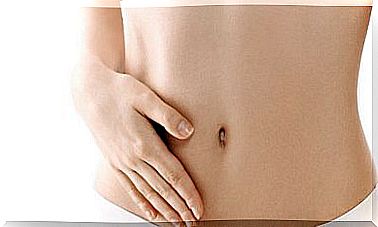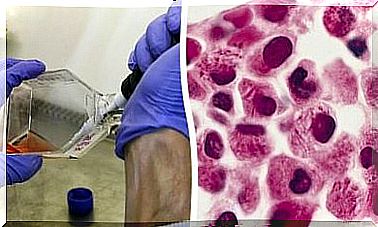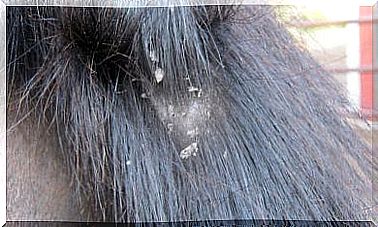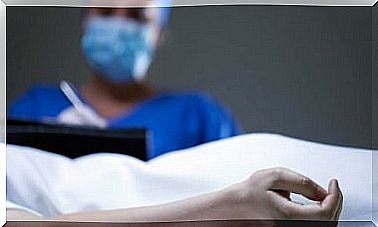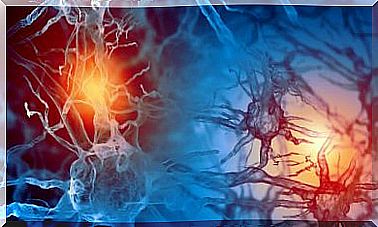Vegetative State: Everything You Need To Know
There are many alterations that can affect the level of consciousness and the vegetative state occupies a prominent place in this broad topic. Formerly, it was described as an entity to refer to patients with loss of consciousness and whose vital functions were generally substituted.
It was not until the 1970s that two renowned neurologists, Brian Jennet and Freud Plum, decided to make the first scientific description of the disease. Since then, multiple articles have been published analyzing the vegetative state from different angles and controversies are still under discussion.
In this article we will explain the most important aspects you have to know about the vegetative state.
What is the vegetative state?
In order to better explain this entity, we are going to divide the brain into two parts, depending on what they control:
- The cerebral hemispheres control thought and behavior, making us aware of ourselves and our environment. In them we find the different lobes – frontal, temporal, occipital, parietal – with their respective functions, carried out by neurons found in the cortex of the hemispheres.
- The diencephalon, made up of the thalamus and hypothalamus, and the brain stem control vital functions. These include sleep-wake cycles, body temperature, respiration, blood pressure, heart rate, etc. This part of the brain would be like our primitive brain.
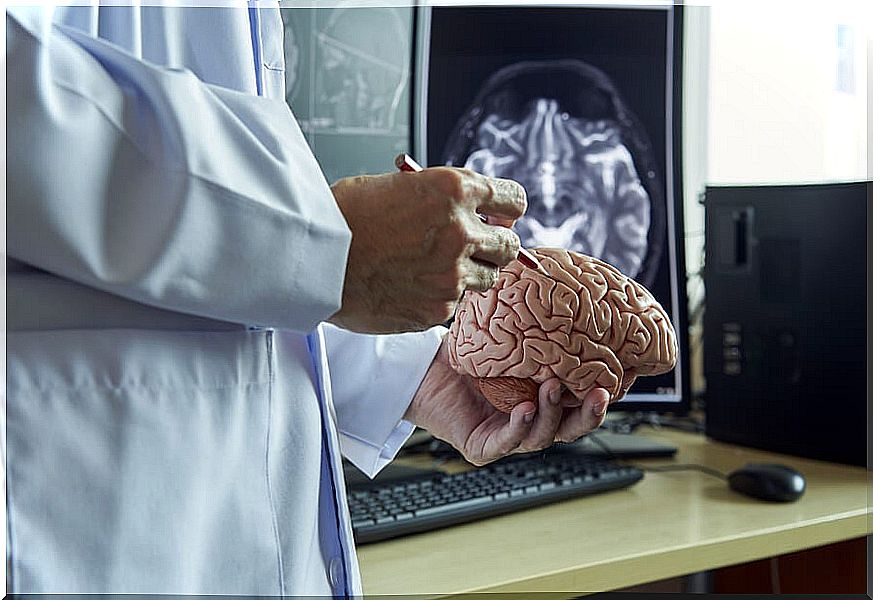
A vegetative state is a long-lasting disorder that occurs when the cerebral hemispheres stop working. Therefore, the person ceases to be aware of himself and the environment. However, the more primitive brain, which continues to perform its vital functions, is not affected.
Causes of the vegetative state
There are several causes of the vegetative state, since any disorder that leads to brain damage can cause this state.
Normally, it occurs because, after the causative agent, the function of the brainstem and diencephalon resume, but the same does not happen with the function of the cerebral cortex or cortical function.
The most frequent causes are:
- Head injury: for example, a motorist without a helmet who has a motorcycle accident and hits his head.
- A disorder that deprives the brain of oxygen, such as cardiac arrest or respiratory arrest
- Cerebrovascular disease : for example, an artery in the brain becomes occluded, preventing blood from reaching it and leading to a stroke.
Other causes can be tumors, hemorrhages, brain infections, final stages of dementias such as Alzheimer’s, etc. These disorders do not damage the primitive brain, but they do damage the cerebral cortex.
Symptoms of the vegetative state
People in a vegetative state can do some things that would make us think they can be conscious, such as:
- Open your eyes. The patient can alternate times of sleep with the eyes closed, with periods in which the eyes are open.
- They can breathe, suck, chew, cough, choke, swallow, make sounds, etc.
- They can even react to strong stimuli such as loud noises and sometimes appear to be smiling or frowning.
However, these reactions are carried out by the primitive brain without any consciousness. They are the result of basic involuntary reflexes that all humans have.
How can we know that they are not aware?
To determine if someone is aware, there has to be intention in their actions. This intention tells us that it is relating to the external environment:
- The patient can open and close his eyes and perform eye movements, but these are not purposeful. The movements are random and independent of the stimuli that are put in front of them. For example, if his eyes are open and we put a pencil in front of him, he will not follow it with his eyes if we move it.
- It does not perform any voluntary or intentional motor movement. If he makes a gesture or raises a limb, it is because he reacts to intense stimuli that we give him. They can be, for example, wake-up and startle reflexes from loud noises. The rest of the movements will be primitive reflexes, such as sucking, chewing, swallowing, etc.
- He cannot speak, he does not utter any words. If it makes any noise, it will be grunts or primitive noises.
- If you are given a verbal or written order, you will not follow it, you will not react to it.
- You have urinary and fecal incontinence.
Therefore, we see that the patient is not aware of anything, but his heart and lungs continue to function. That is, it can maintain your blood pressure and cardiorespiratory functions.
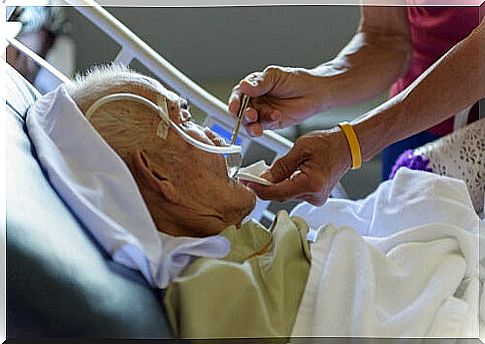
Diagnosis
Diagnosis is based on a doctor’s evaluation of symptoms. Although the patient presents the whole clinic of a vegetative state, it is necessary to observe the patient during a period of time to be able to confirm this state. If not, certain signs of consciousness may be overlooked.
Imaging tests can be done to locate which part of the brain has been affected and see if it can be treated. In order to see if there is any kind of consciousness, tests such as functional magnetic resonance imaging or the electroencephalogram are used to measure brain activity.
Unfortunately, these tests cannot detect the amount of consciousness that patients have, they only detect if there is consciousness that cannot be determined with the naked eye. These results can affect decisions about long-term care and the possibility of recovery.
Prognosis of the vegetative state
Generally, after more than a month, it is considered to be a persistent vegetative state. However, it has been seen that the cause of the vegetative state, its duration and the age of the patient are the factors that can change the prognosis.
Some recovery may appear, although it has already been considered permanent, but this will always be minimal, with major residual sequelae and a poor quality of life.
Treatment of the vegetative state
People in a vegetative state need comprehensive care. Above all, we must provide the following measurements:
- Preventive measures for problems due to immobilization : ulcers or contractures can occur in the areas where it is supported. In addition, the blood stagnates in the veins producing thrombi or blood clots. To avoid this, the patient must be mobilized passively.
- Good nutrition: through tubes that go from the mouth / nose to the stomach or directly to the stomach. Nutrients can also be given intravenously.
- Good cleaning of the tubes and the patient to avoid infections.
The possibility of non-recovery
In these patients, recovery is unlikely. Doctors, family, and sometimes the hospital ethics committee should discuss how the patient will be treated. The patient’s wishes about these treatments should be considered if they are known or written in the living will.


